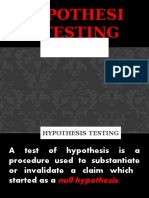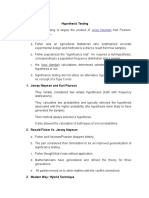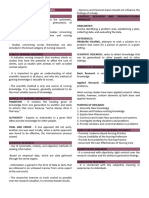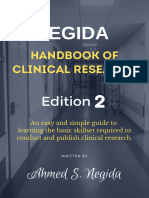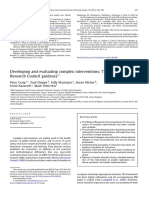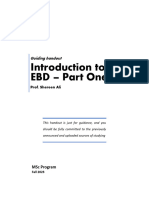0% found this document useful (0 votes)
6 views10 pagesHypothesis Testing
Hypothesis testing is a statistical method used to evaluate claims about population parameters through sample data analysis. It involves defining null and alternative hypotheses, calculating test statistics, and making decisions based on p-values and significance levels. The process is critical in fields like social sciences, medical research, and business, with common tests including z-tests, t-tests, and chi-square tests.
Uploaded by
Leonardo TumaganCopyright
© © All Rights Reserved
We take content rights seriously. If you suspect this is your content, claim it here.
Available Formats
Download as DOCX, PDF, TXT or read online on Scribd
0% found this document useful (0 votes)
6 views10 pagesHypothesis Testing
Hypothesis testing is a statistical method used to evaluate claims about population parameters through sample data analysis. It involves defining null and alternative hypotheses, calculating test statistics, and making decisions based on p-values and significance levels. The process is critical in fields like social sciences, medical research, and business, with common tests including z-tests, t-tests, and chi-square tests.
Uploaded by
Leonardo TumaganCopyright
© © All Rights Reserved
We take content rights seriously. If you suspect this is your content, claim it here.
Available Formats
Download as DOCX, PDF, TXT or read online on Scribd
/ 10





















